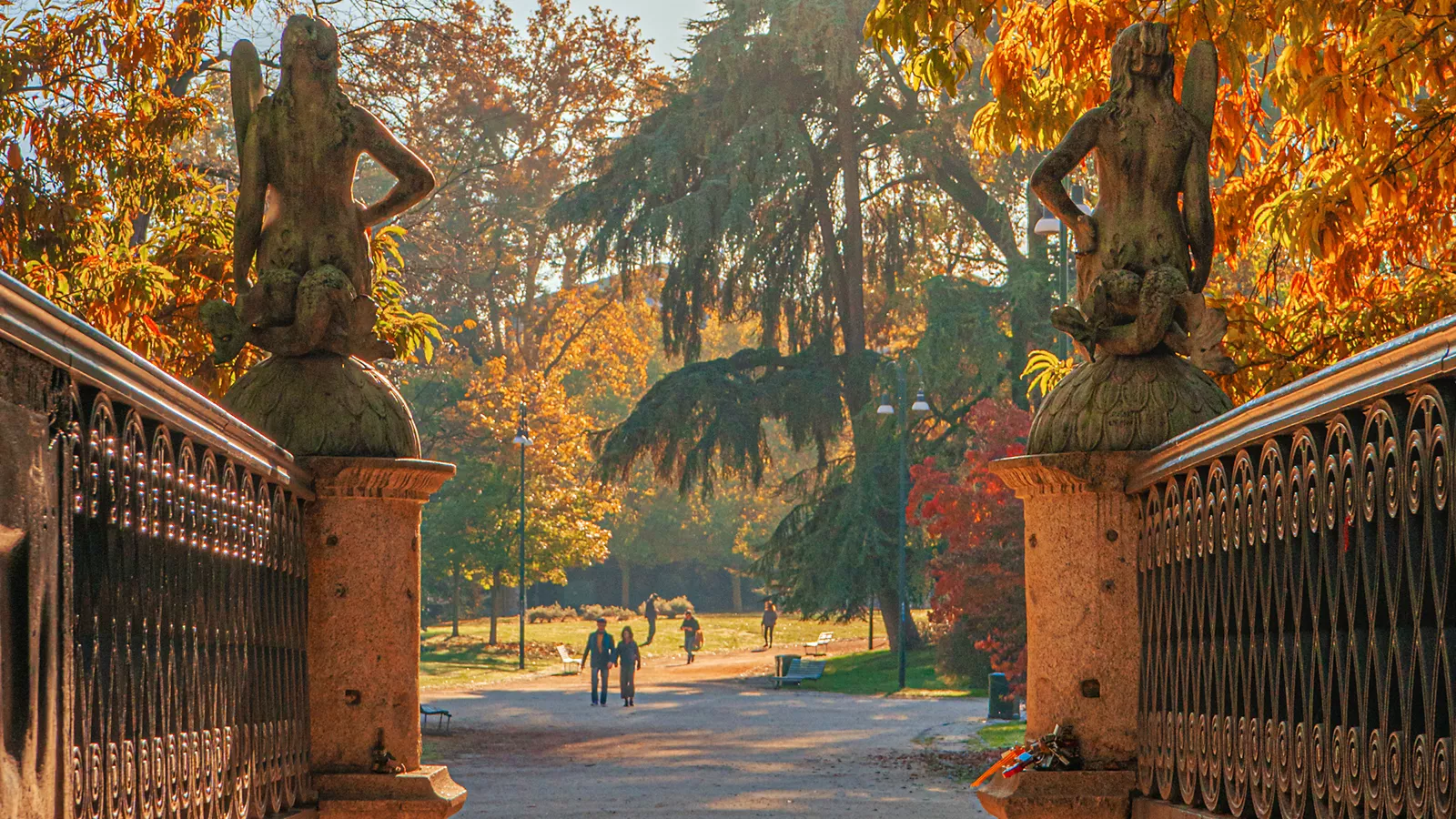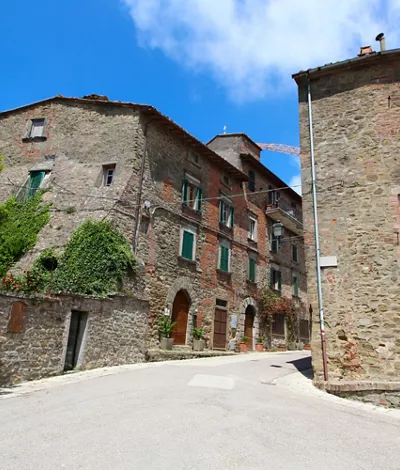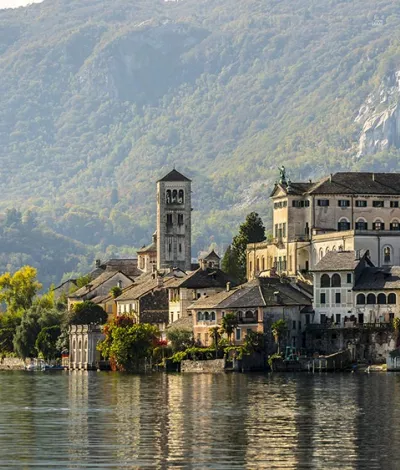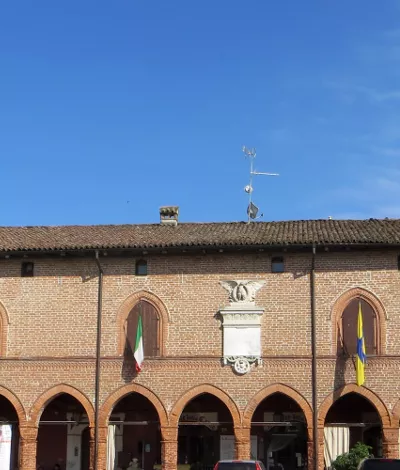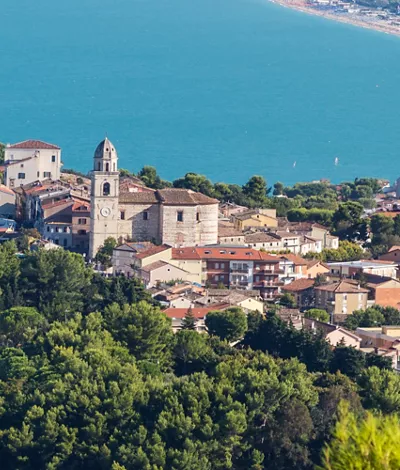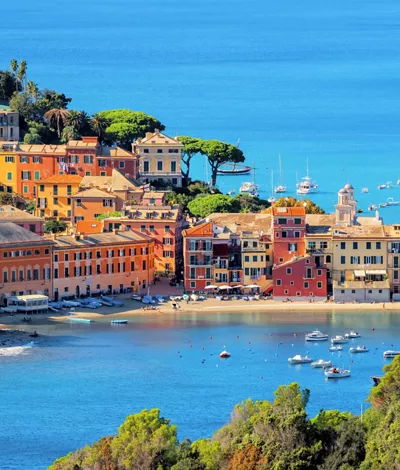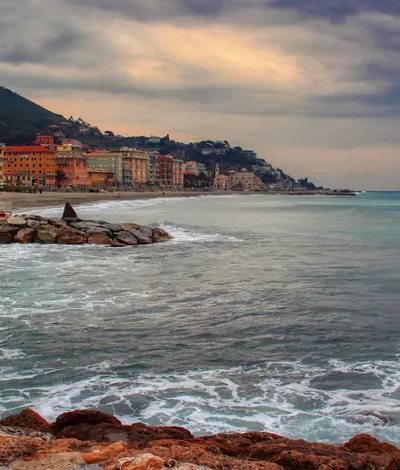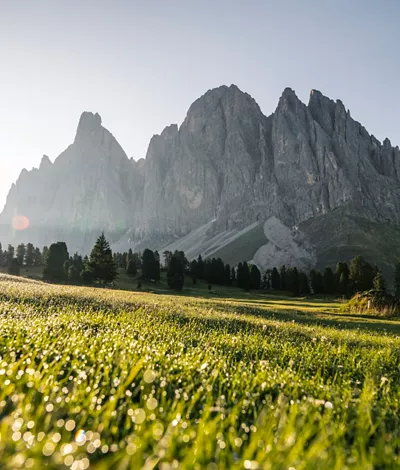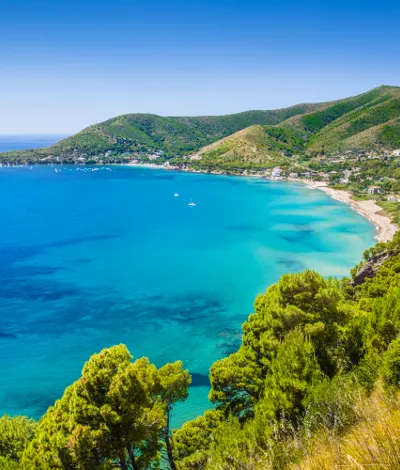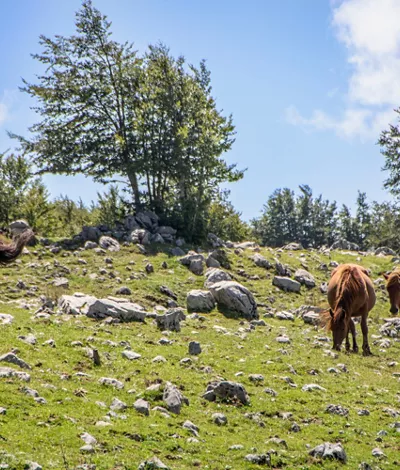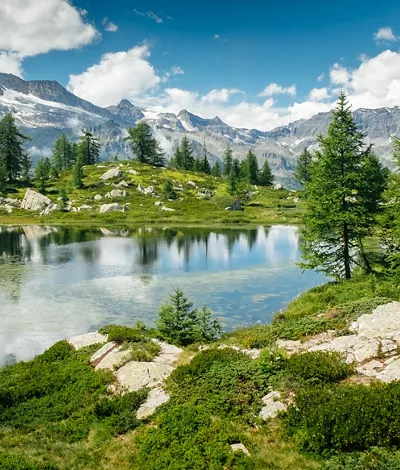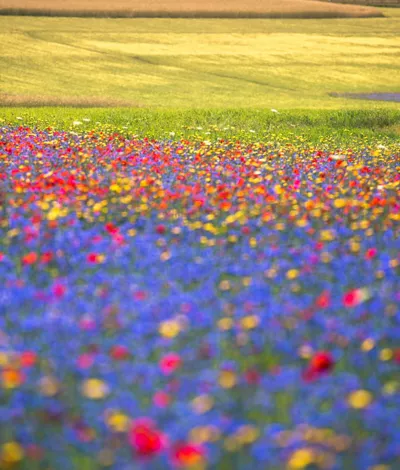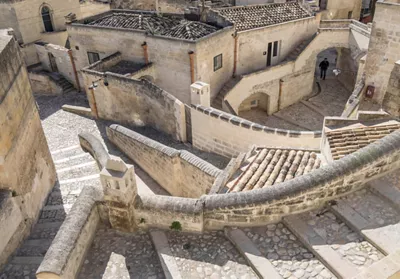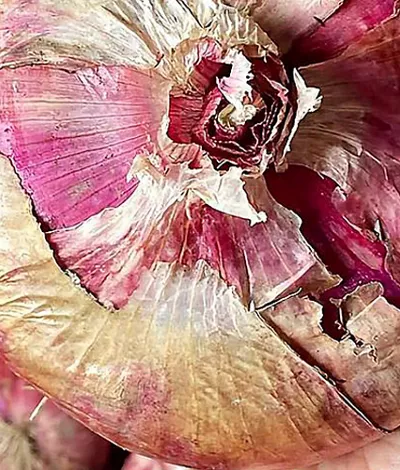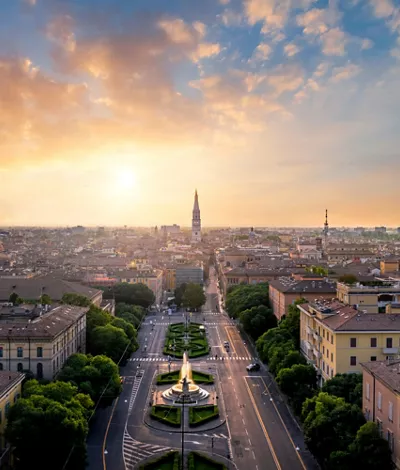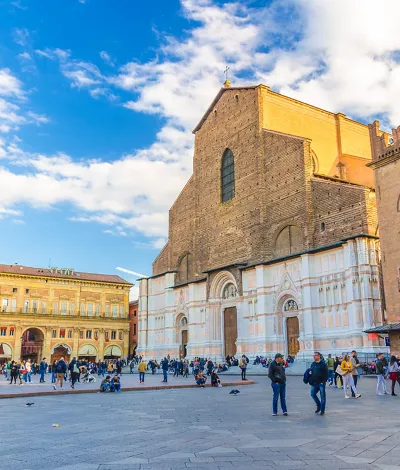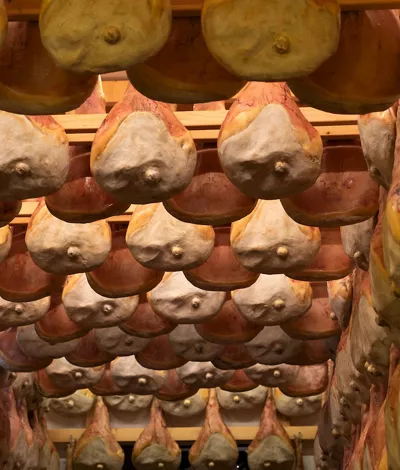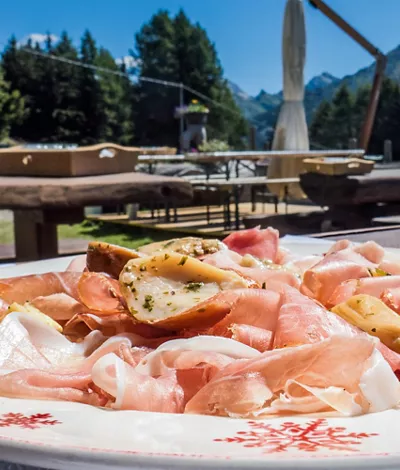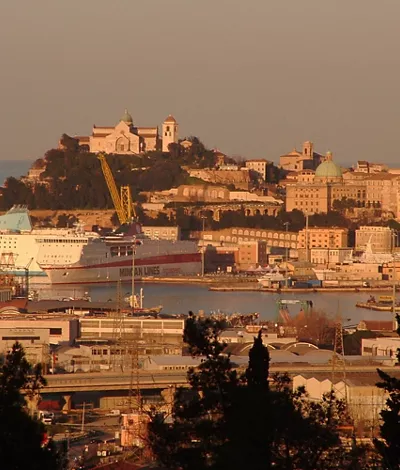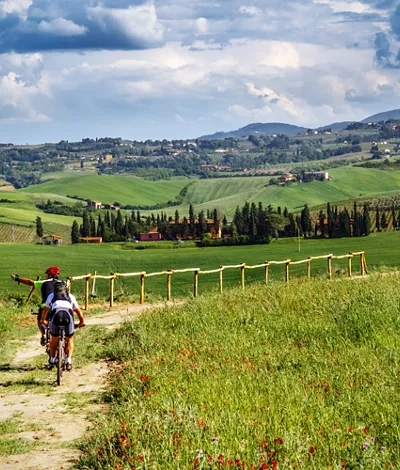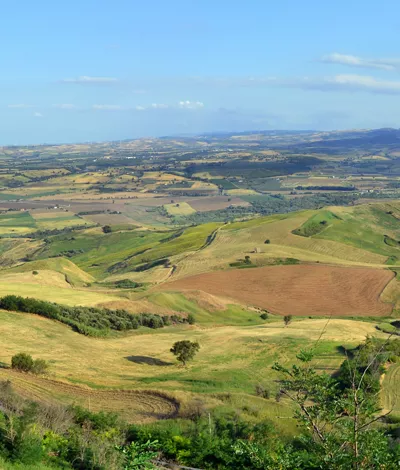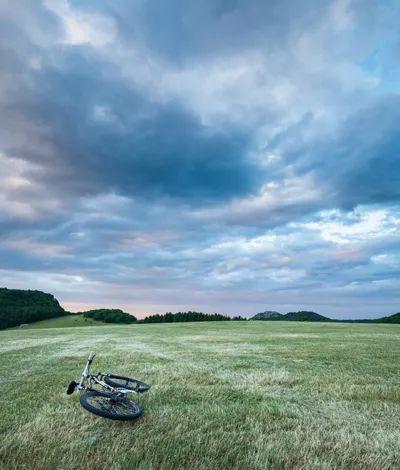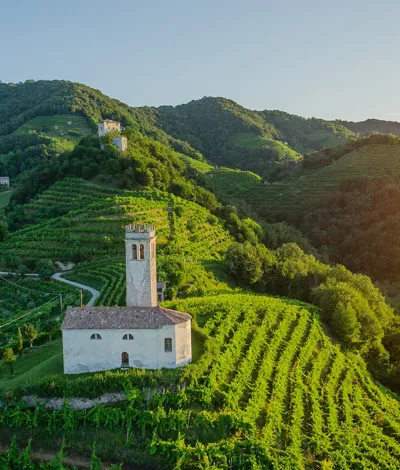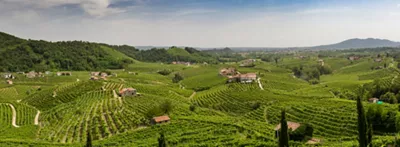The slow pace of autumn with an Italian flavour: itineraries and places to go for your trips to Italy
Are you looking for places to visit in autumn in Italy? Perhaps it is the freshness of the air or the changing colours of the leaves, travelling in this season in Italy has something very special about it. The best time of year for unusual activities, such as visiting vineyards and tasting delicious local products. Discover the countless possibilities offered by Italy from September to December.
NOT TO BE MISSED
The most beautiful Italian destinations in autumn
- Villages
- Parks
- Food and wine
- Countryside and Hills
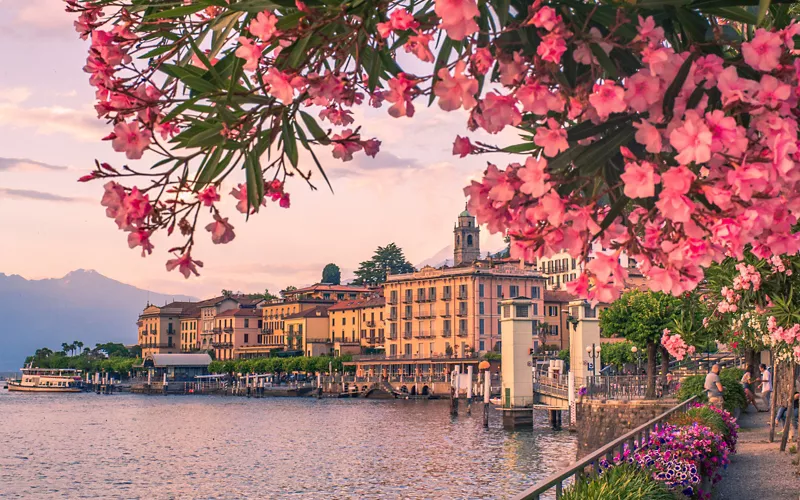
SIGN UP FOR OUR NEWSLETTER
Continue living like an Italian
Subscribe to the Newsletter so as not to miss places, events and experiences for experiencing the best side of Italy: the authentic one.
Invalid email address
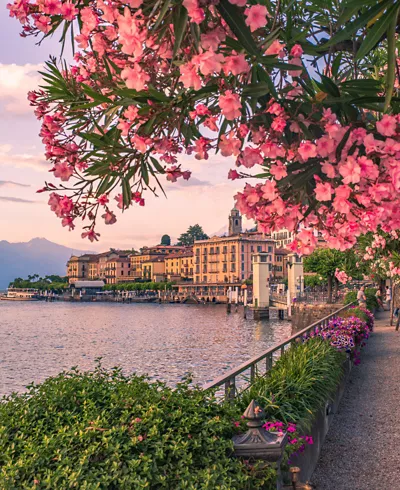
Get updates
Do you want to know the latest news about our beautiful country, stay updated on the most interesting events, discover our special offers and receive many tips and suggestions from insiders?


